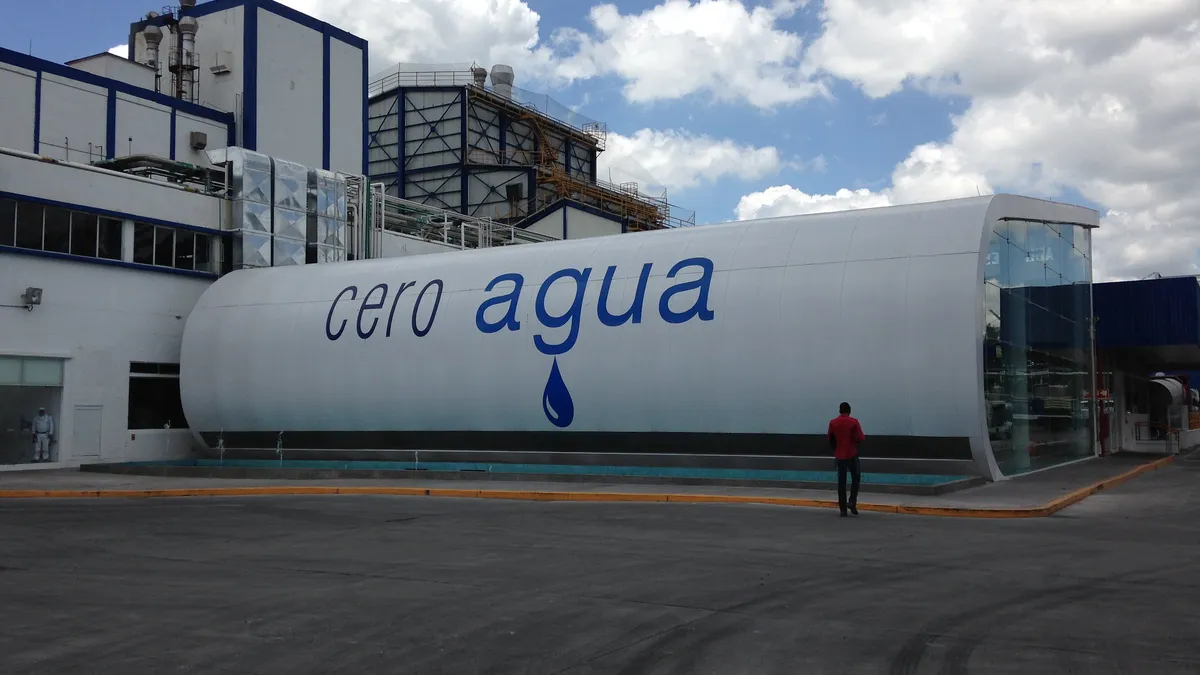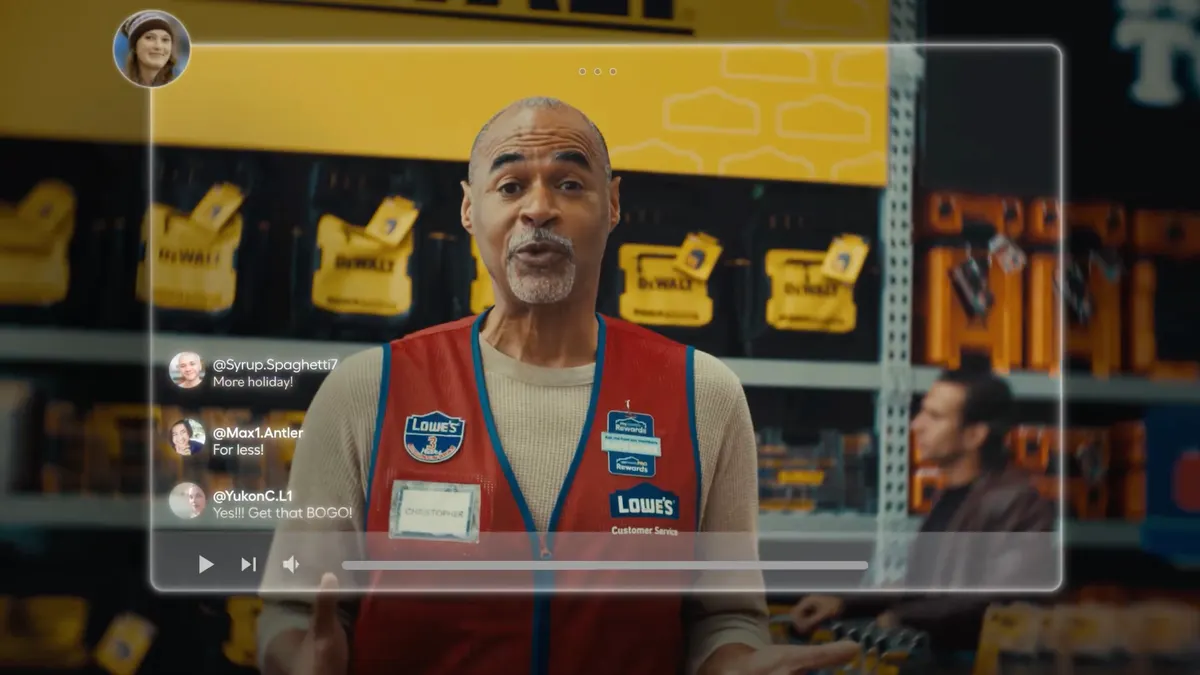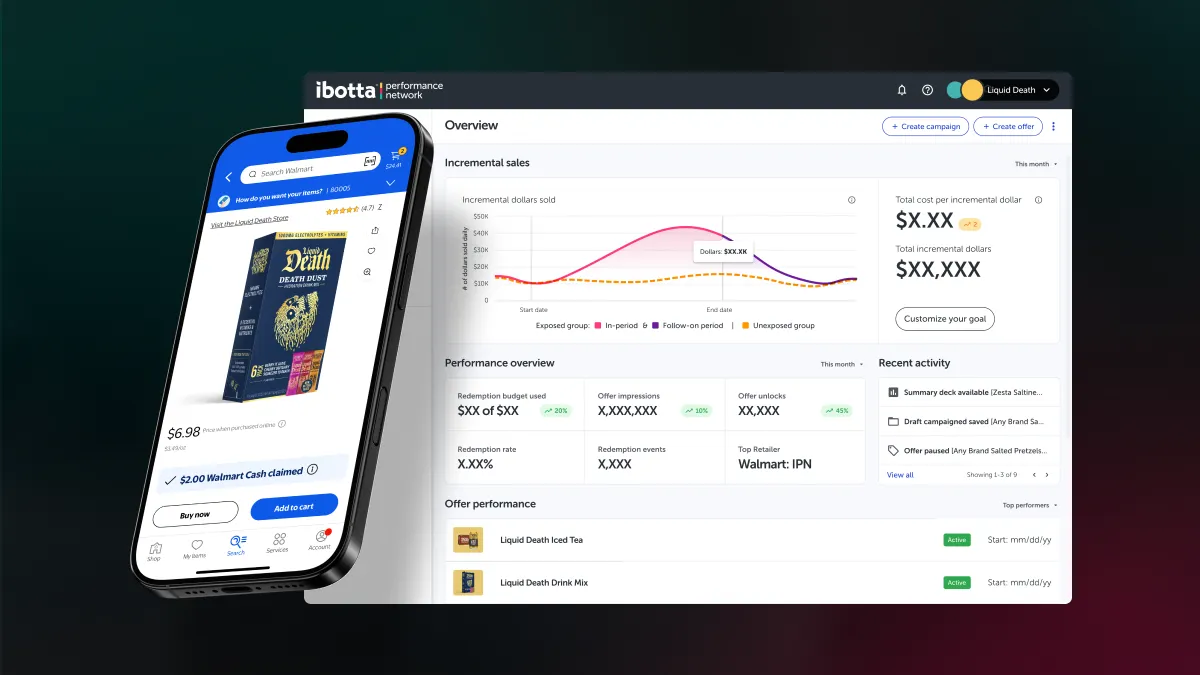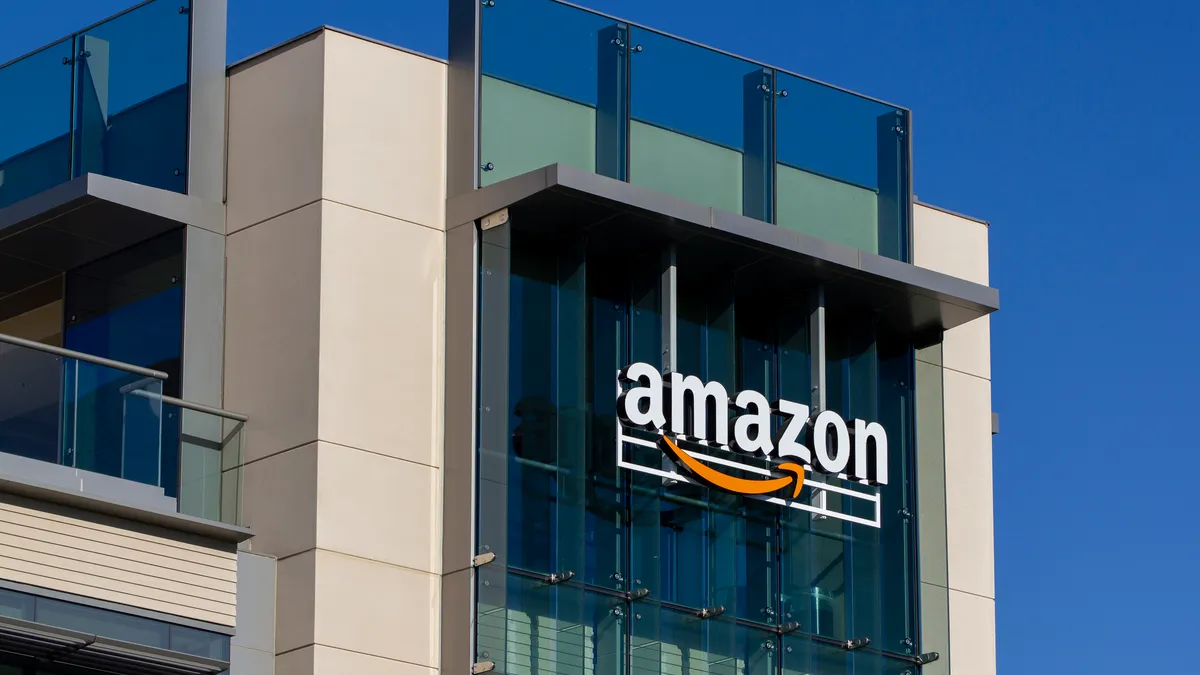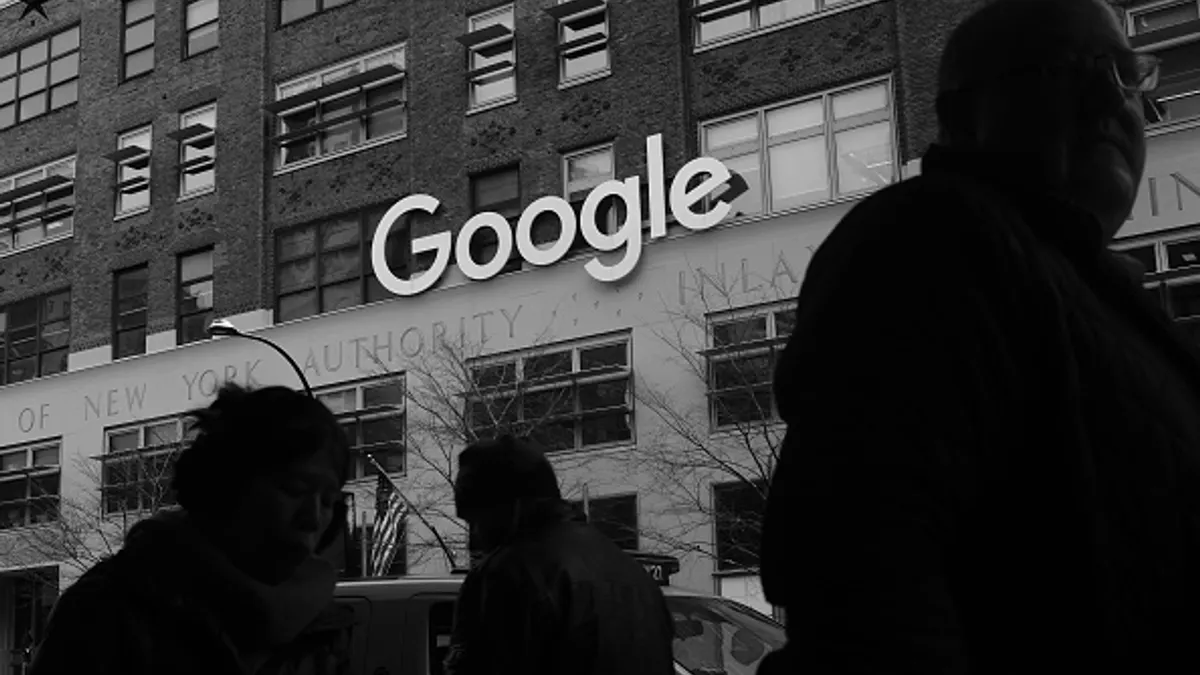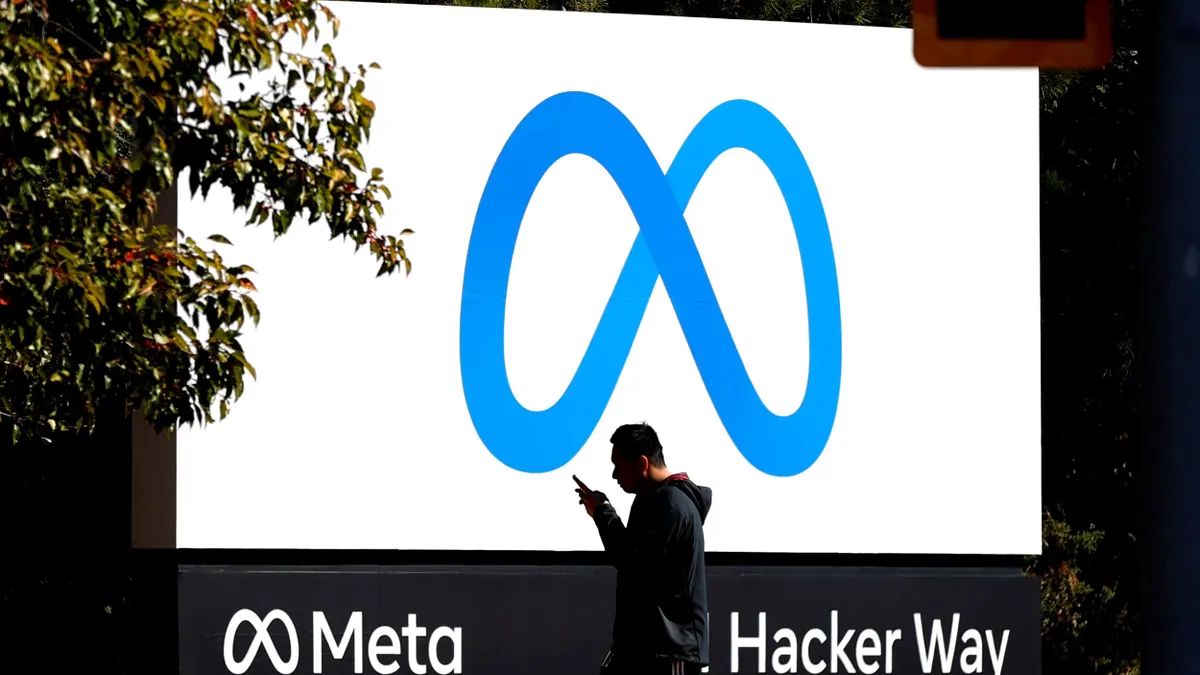The following is a guest post from Steven van Belleghem, author of "The Offer You Can't Refuse: What If Customers Want More Than Excellent Service?" Opinions are the author's own.
When Michael Porter published his paper "Creating shared value" in the Harvard Business Review in 2011, he said: "Of all the papers, I have every written, this is the one that I am most enthusiastic about." In his opinion, his "shared value" article would herald the start of a new phase of capitalism.
His argument was that (1) the world is facing many challenges, and that (2) companies have the resources to solve these challenges. In this new phase of capitalism, companies, according to Porter, will generate both economic and societal value by making use of organizations' respective strengths to make a positive difference in the world.
But wait, isn't that just corporate social responsibility? Well, no. The big difference is that CSR, as practiced by most companies, is a defensive strategy. It often involves support of worthwhile causes, but these project remain on the sidelines.
Going further than CSR
Consider Mastercard, one of the world's most recognizable brands in financial services, turning over billions of dollars every year. Via its Center for Inclusive Growth, Mastercard has engaged for a number of years in a project to help people who have no access to financial services. The aim was to fill that gap for 500 million people worldwide between 2016 and 2020. Going into the project's final year, Mastercard has already given 400 million people better and safer financial assistance.
In 2018, Mastercard invested 20% ($500 million) of the fiscal benefits it enjoyed as a result of tax reform in Europe and the U.S. into the fund it set up for this purpose. That is what shared value means. This project has already created social value for nearly half a billion people, and in the long run it will provide Mastercard with a bigger market that will allow the company to create economic value as well. It is an "and...and" story.
Now, I am not saying there is anything wrong with supporting good causes through CSR initiatives. But unless this support is framed within a wider philosophy and a greater whole, it will not contribute to the company's economic value. In fact, if you want to be super critical, it actually results in a reduction in shareholder value.
Shared value goes further than CSR. It is about a general mindset that involves the entire company working together to achieve both societal and economic value.
3 strategies for applying shared value philosophy
So, as marketers and business leaders, how should we identify the real problems we want to solve? The best way is to look back through the history of your company. Why was the company founded in the first place? Right from its earliest beginnings, what contribution has it made to society?
Once you have found the societal problem you wish to tackle, the challenge is to find the best way to do something positive about it. There are three strategies for applying the shared value concept:
New products and markets
The first strategy is based on the development of new products and the discovery of new markets. For example, SodaStream has helped to reduce the pollution caused by plastic bottles, thanks to its products that make it possible to transform ordinary tap water into sparkling water. A family with SodaStream uses hundreds fewer plastic bottles than a family without one. In short, the company's product has created a new market to generate added societal value.
Transformation of the value chain
The second strategy requires the complete transformation of the value chain. A good example of this strategy is Levi's and its Water<Less premium brand. The entire production and lifecycle of a standard pair of jeans uses 3,000 liters of water. Some 49% of this water is necessary for the production of the fabric, with another 6% needed during the production process. The remaining 45% is used by the consumer when washing the jeans. However, Water<Less jeans currently use 28% less water, and this figure is likely to increase to 96% by the end of 2020.
This is good, but the biggest use of water is not a part of Levi's own production processes to make the jeans. For this reason, the company is now collaborating with the cotton industry to find ways of producing the basic jeans fabric with less water. It is also investigating the use of other fabrics that require less washing. In this way, Levi's is attempting to transform its entire value chain.
Redesigning the ecosystem
The third strategy is the most far-reaching: the complete redesign of the ecosystem in which the company operates. If Nestlé wants to start up a new dairy industry in a country, it needs good road infrastructure and good milk production. But in many countries the standard of both requirements is too low to guarantee the quality for which Nestlé stands. The easiest solution would simply be to import milk into the new country, but as a matter of policy, Nestlé wishes to encourage and make use of local producers.
To make this possible, the company changes the entire ecosystem of the new market. It builds the roads it needs to get the milk faster to its factories, as well as paying farmers a higher price and offering them low-interest loans, so they can invest in better stables for their livestock. As a result, the children of these families no longer need to help as much on the farm and can go to school. Nestlé also organizes medical support for the livestock by working together with local vets.
All these investments ensure a better quality of milk for Nestlé, but at the same time this "total" approach, initiated by a private company, improves many aspects of life in the host countries: the farmers, their children, the logistical infrastructure, food safety, etc. This makes it possible for the company to offer good products (value for Nestlé) and to raise the standard of living for an entire community (value for society).
How to save the world?
What we're really talking about here is brands adopting a "save the world" marketing strategy. It might sound bombastic, but at a time when people are looking to companies rather than governments to solve society's biggest problems, it will become one of the key ways to connect with customers and employees on a much deeper level.
"Saving the world" will require companies to substantially change much of their past thinking. Many of the marketing techniques used over recent decades will need major adjustment, but it is absolutely necessary if you want to be taken seriously when talking about your social responsibility.


